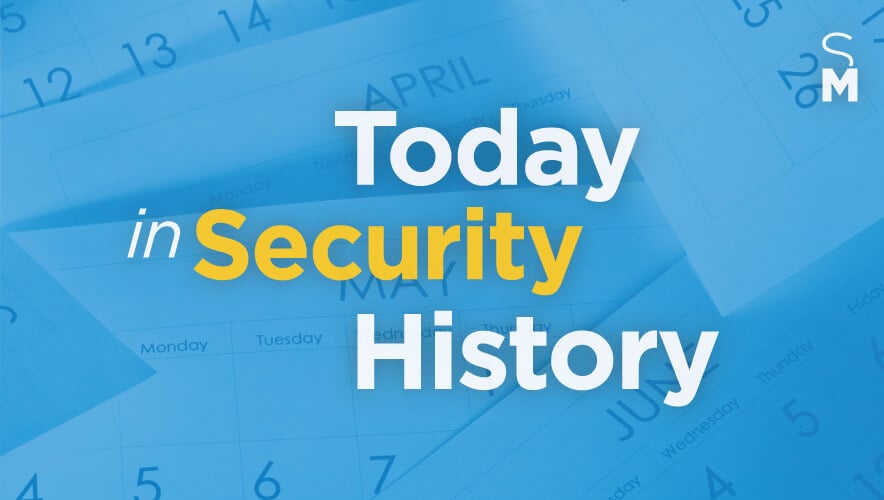Today in Security History: The Molly Maguires
Pinkerton operatives at Glen Carbon, Pennsylvania, filed their first report on 9 October 1873 about the Mollie Maguires, a group of toughs who had joined together into a secret society to exact revenge on people they disliked. At this stage, it was merely rumor, and no names of individual members were available.
Throughout the 1860s and 70s, Pennsylvania and West Virginia coalmines were terrorized by a series of violent assaults, arsons, and murders, blamed on a secret society of Irish immigrants called the Molly Maguires. They have been variously portrayed as terrorists, labor union radicals, or organized criminals. But they defy definition in the first two categories and did not pursue a profit motive as associated with organized crime. In essence, they were considered thugs who dispensed violence on anyone they did not like. As the targets of their terror tended to be mine bosses, the media and business establishment lumped them together with the Workers Benevolent Association. They were labeled as labor union extremists.
This association with the labor movement was reiterated in the 1970 film The Molly Maguires starring Sean Connery as Molly Maguire leader Jack Kehoe and Richard Harris as Pinkerton detective James McParland, who was hired by Reading Railroad President Franklin Gowen in 1873 to infiltrate and take down the Molly Maguires.
How closely they were related to the labor movement is the key question. It was in the interest of mine owners to demonize the labor activists as terrorists. It also fit the agenda of Irish Americans to view their fellow countrymen as martyrs rather than murderers and brawlers. Labor historians occasionally favor the narrative of the oppressed miner who was the victim of total control by his employer and his cronies in government.
The media at the time, as well as the mine owners, lumped the Molly Maguires in with the Ancient Order of Hibernians (AOH). The AOH is—and was—a benevolent organization whose members were Irish Catholic miners; many of whom were in the labor movement. While it is true that all Molly Maguires were members of the Hibernians, it is not true that all AOH members were Molly Maguires.
The date of 9 October 1873 is important because there is not complete agreement among historians and writers about the initiation of the Molly Maguire case. Official documentation that the group existed in America has never been produced, although multiple men were hanged for their alleged involvement with the Molly Maguires during a miners’ strike.
Predication is always important, especially when the investigation was really a number of inquiries conducted by McParland, other Pinkerton operatives, and paid informants. When an inquiry culminates in a series of trials and the execution of 20 men, it is even more critical to assess how and why it was initiated.
Want to learn more? Check out Pinkerton’s Great Detective: The Amazing Life and Times of James McParland, by Beau Riffenburgh.
Chris Hertig, CPP,CPOI (Certified Protection Officer Instructor), has taught and written about the history of terrorism. Hertig is on the International Foundation for Protection Officers board of directors and is a member of the ASIS International Professional Development Community.
